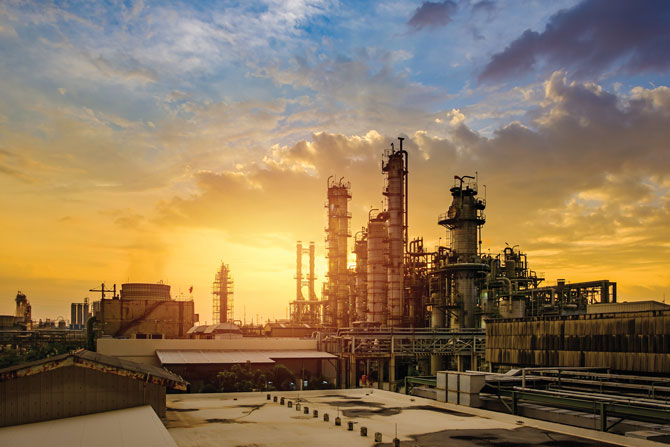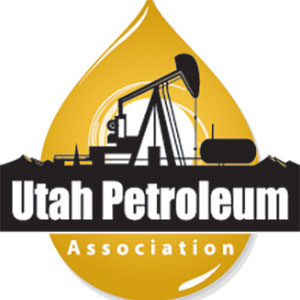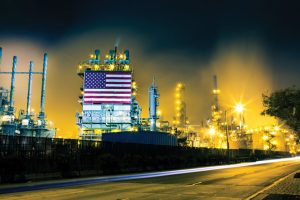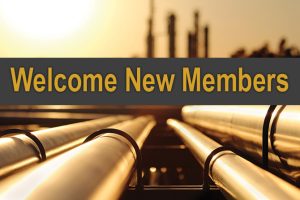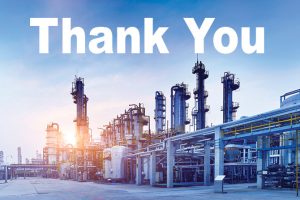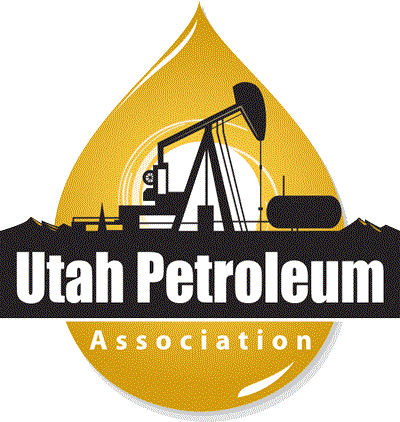Both the upstream and downstream sectors have seen a flurry of activity. Below is a summary of some of the highest priority rulemakings, both federal and state, with a short summary and links where you can find more information.
Federal
SEC Climate Disclosure Rule — The Securities and Exchange Commission proposed rule amendments requiring a domestic or foreign registrant to include certain climate-related information in its registration statements and periodic reports, including — in some cases — indirect emissions from upstream and downstream activities in a registrant’s value chain (Scope 3). UPA joined with nearly 50 other trades to submit a request for an extension of the comment period given how highly significant and dense this package is.
https://www.sec.gov/files/33-11042-fact-sheet.pdf
EPA OOOOc Rule — EPA Proposes New Source Performance Standards Updates, Emissions Guidelines to Reduce Methane, VOCs, and Other Harmful Pollution from new and existing sources in the Oil and Natural Gas Industry. The proposal includes controls at well sites and compressor stations, advanced monitoring, elimination venting and more. UPA has previously submitted comments on this notice and plans to comment once the more specific rule language is available.
EPA Proposed U&O FIP — EPA Region 8 proposes to promulgate a Federal Implementation Plan (FIP) specific to the Uintah & Ouray Reservation. In the FIP, the EPA proposes to regulate volatile organic compound (VOC) emissions from certain new, modified, and existing oil and natural gas facilities located on Indian country lands within the U&O Reservation. UPA has previously submitted comments on this rule and the Western Energy Alliance, and we anticipate possible movement on the rule in 2022.
https://www.reginfo.gov/public/do/eAgendaViewRule?pubId=202110&RIN=2008-AA03
EPA Emissions Banking Rule for the U&O Reservation — EPA has solicited feedback on the most effective and efficient means to establish a bank of ozone-precursor emission reduction credits (ERCs) that may be generated and used for several air quality planning purposes. Specifically, the credits could be utilized to achieve the ozone National Ambient Air Quality Standard (NAAQS), general conformity demonstrations, and new source review (NSR) permitting related to the development of new ozone-precursor emissions sources in the Uinta Basin Ozone Nonattainment Area in Utah. UPA has been active on this proposal in the past and will be tracking for any progress, although we expect to see movement on the U&O FIP first.
https://www.reginfo.gov/public/do/eAgendaViewRule?pubId=202110&RIN=2008-AA04
https://www.regulations.gov/docket/EPA-R08-OAR-2019-0002
EPA DAAD (Determination of Attainment by Attainment Date) — The EPA proposes granting a one-year attainment date extension for the Uinta Basin, Utah, nonattainment area. EPA also proposes to determine that the Northern Wasatch Front and 23 other areas failed to attain the standard by their applicable attainment date resulting in such areas being reclassified by operation of law to “moderate” upon the effective date of the final reclassification notice. Consequently, the responsible state air agencies must submit state implementation plan (SIP) revisions required to satisfy the statutory and regulatory requirements for Moderate areas for the 2015 ozone NAAQS. UPA plans to submit comments on the DAAD regarding the Uintah Basin and the Northern Wasatch Front.
PHMSA: Extension of Reporting Requirements, Regulation of Large, High-Pressure Lines, and Other Related Amendments — PHMSA published a final rule Nov. 15, 2021, extending federal pipeline safety oversight to all onshore gas gathering pipelines, requiring reporting of safety information and extending safety requirements of gas transmission lines to gas gathering lines. This rule has an effective date of May 16, 2022. UPA held a lunch and learned about this rule.
PHMSA: Requirement of Valve Installation and Minimum Rupture Detection Standards — PHMSA published another final rule, effective Oct. 5, 2022, requiring the installation of remotely controlled or automatic shut-off valves or alternative equivalent technologies on new and replaced onshore natural gas, carbon dioxide, and other hazardous liquid pipelines six inches in diameter or greater with additional operating and emergence response procedure requirements.
EPA FIP Addressing Regional Ozone Transport for the 2015 Ozone National Ambient Air Quality Standard (AKA Good Neighbor Rule) — EPA proposes establishing nitrogen oxides emissions budgets requiring fossil fuel-fired power plants in 25 states to participate in an allowance-based ozone season trading program beginning in 2023. Also, to establish nitrogen oxide emissions limitations applicable to certain other industrial stationary sources in 23 states (including Utah) with the earliest possible compliance date of 2026. These industrial sources are reciprocating internal combustion engines in pipeline transportation of natural gas, petroleum and coal products manufacturing, and others. UPA is evaluating submitting comments and will be working with other stakeholders.
Federal Implementation Plan Addressing Regional Ozone Transport for the 2015 Ozone National Ambient Air Quality Standard
EPA Control of Air Pollution from New Motor Vehicles: Heavy-Duty Engine and Vehicle Standards — On March 28, EPA proposed new emission standards for heavy-duty trucks starting with the model year 2027, the first update to these rules in more than 20 years, since 2001. In the northern Wasatch Front ozone nonattainment area, on-road vehicle NOx emissions contribute more than half of the area NOx emissions, and heavy-duty on-road vehicles contribute about 2/3 of that amount. UPA is evaluating submitting comments and will be working with other stakeholders.
State
Utah Moderate SIP for the Uintah Basin (UB) and Northern Wasatch Front (NWF) — DAQ is working on two different SIPs and associated rulemakings related to the ozone nonattainment status in both the UB, which will include a rulemaking package targeted at oil and gas, and in the NWF, which to date, has not been targeted on the refining sector, but DAQ is still in the process of identifying emission reduction targets. UPA has been heavily involved in both processes with DAQ (and EPA in the UB). The first link below is a general overview of the SIP process. The second is to the Air Quality Board package with proposed changes to the 300 series rules for the UB focusing on storage vessels, VOC control devices, leak detection and repair, and associated venting and flaring. The third is related to DAQ’s request for the public to help identify summertime ozone reduction opportunities for the NWF.
https://deq.utah.gov/air-quality/ozone-state-implementation-plan-sip-process-moderate-area-ozone-sip
https://documents.deq.utah.gov/air-quality/board/2022/DAQ-2022-002462.pdf#page=8
https://deq.utah.gov/air-quality/finding-emission-reductions-for-ozone
Changes to above ground and underground storage tank rules — Due to legislation passed in the 2021 session, the Utah Department of Environmental Quality (DEQ), Division of Environmental Response and Remediation (DERR) began regulating above ground Petroleum Storage Tanks (APSTs) on May 5, 2021, and has initiated rulemaking. The above-ground storage tanks covered by the rule do not include those tanks that are (note other exclusions apply):
(iii) related to a petroleum facility under SIC Code 2911 (petroleum refining) or 5171 (terminals) of the 1987 Standard Industrial Classification Manual of the federal Executive Office of the President, Office of Management and Budget;(iv) directly related to oil or gas production and gathering operations.
https://deq.utah.gov/environmental-response-and-remediation/aboveground-petroleum-storage-tanks-apst
WMRC/DOGM Oil and Gas Waste Disposal Rule Changes — DOGM will continue to regulate some E&P wastes. These will include water and other waste liquids acceptable for underground injection or treatment in evaporation ponds, and reserve pits. Waste-like materials that are reused/recycled in a way that does not constitute disposal will continue to be regulated by DOGM as well. DWMRC will begin shaping rules and practices surrounding all other E&P waste management, including actions for land, farms and landfills. Some practices are likely to change significantly, such as closure requirements. UPA has been engaging with DOGM and DWMRC on anticipated changes and processes and expects a draft proposal from DWRMC in the second half of 2022.
https://deq.utah.gov/waste-management-and-radiation-control/e-and-p-waste-management



